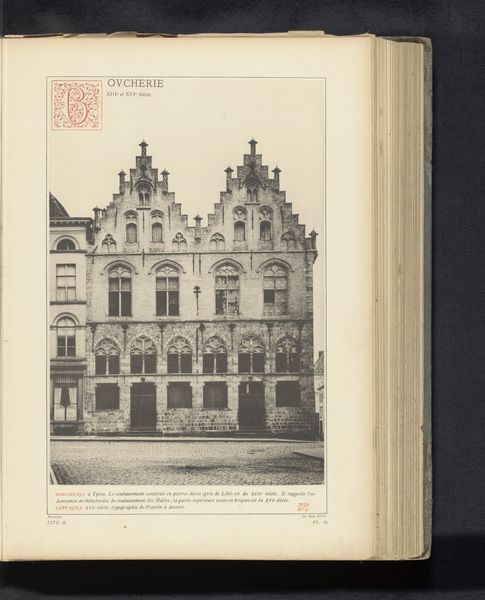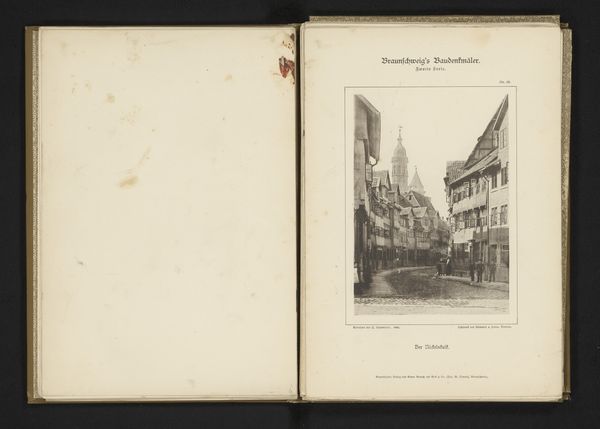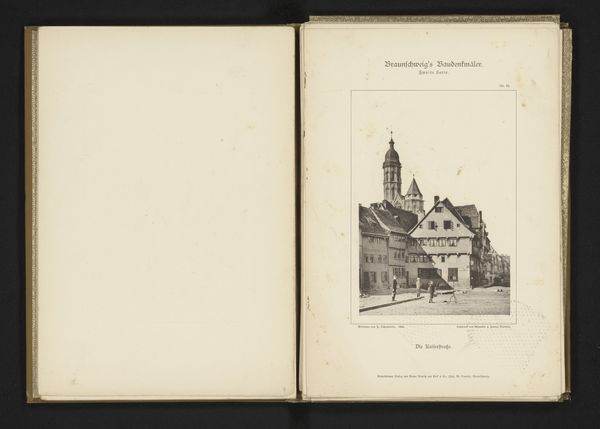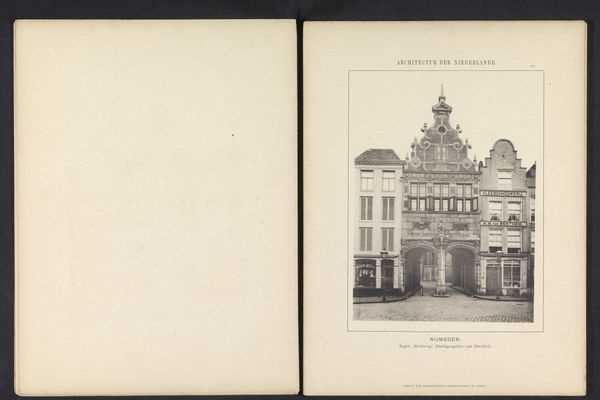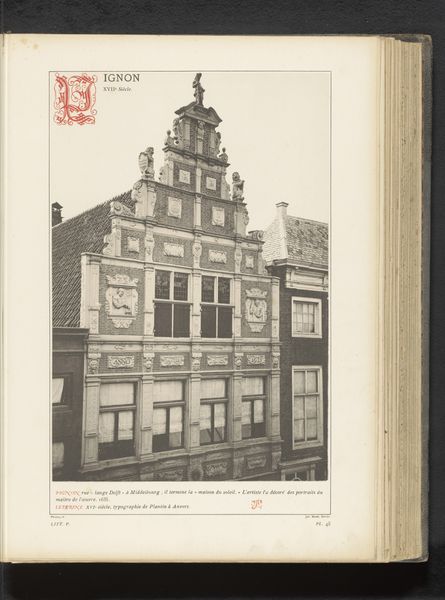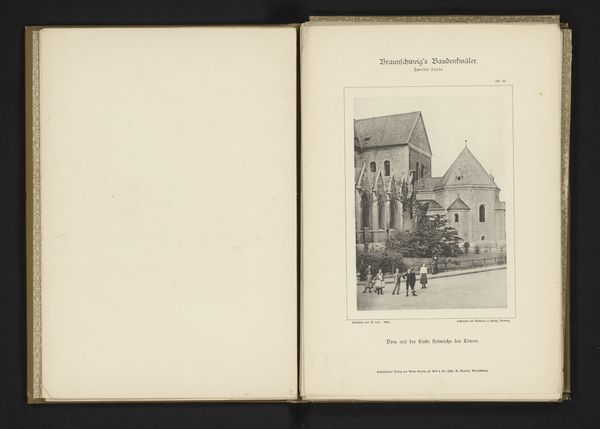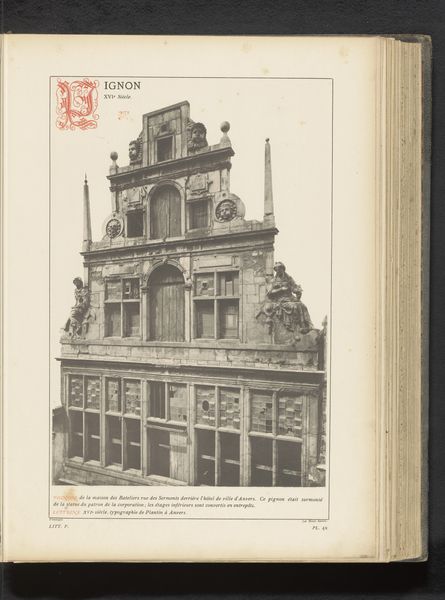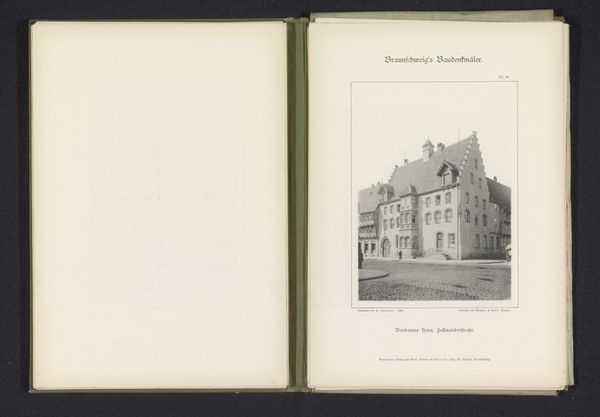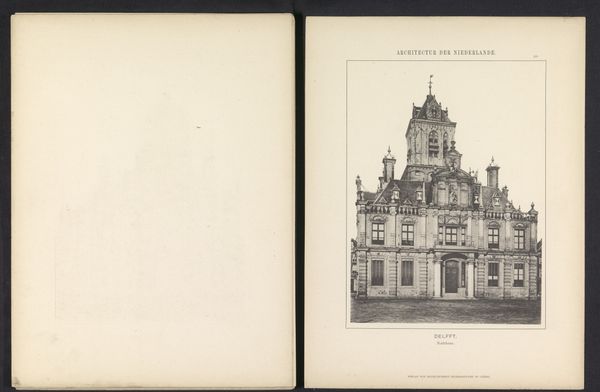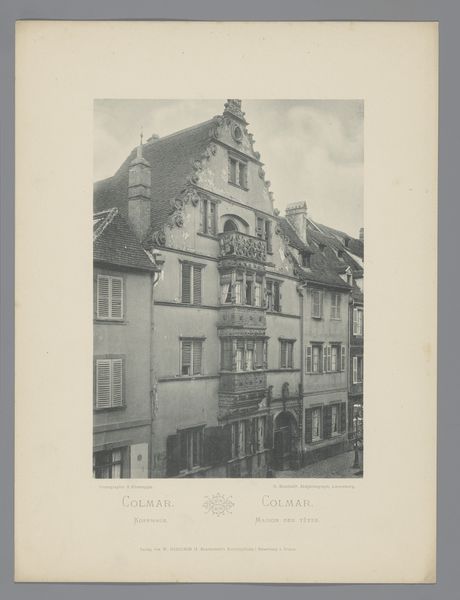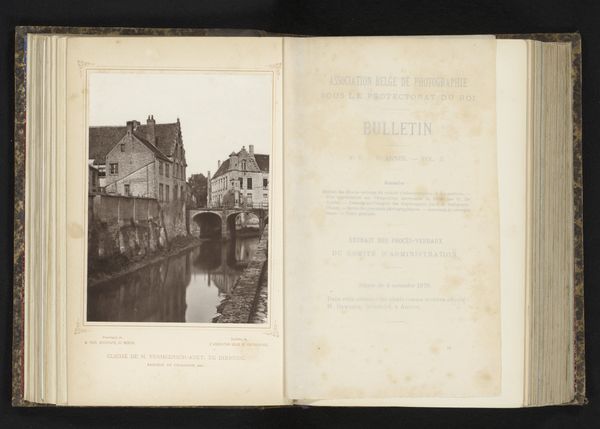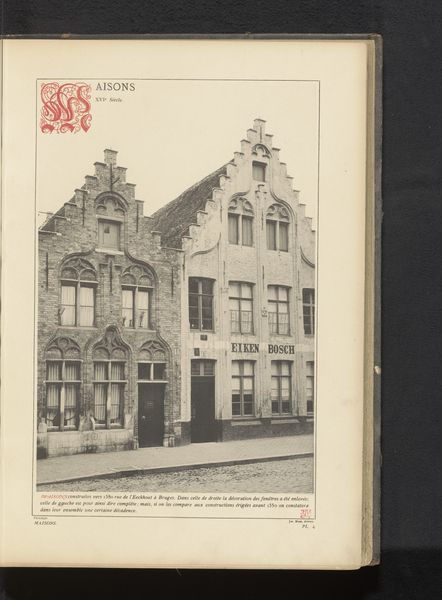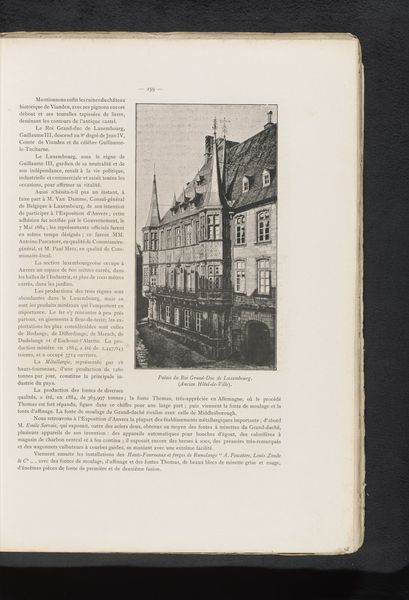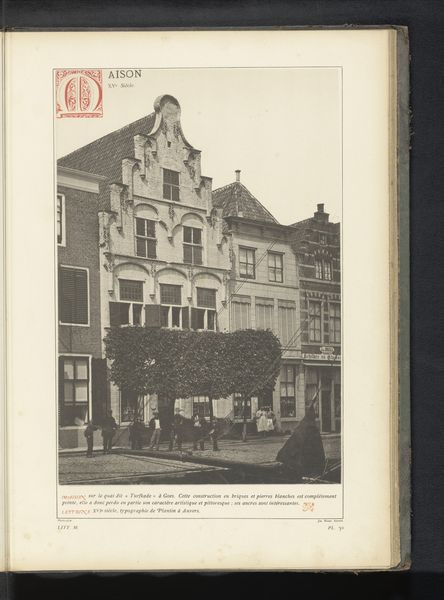
graphic-art, print, typography, poster
#
graphic-art
# print
#
typography
#
typography
#
poster
Copyright: Rijks Museum: Open Domain
Editor: Here we have Abraham Seyne Kok's "Briefkaart aan Philip Zilcken," a printed postcard likely made between 1911 and 1914. It's mostly text, announcing a move. It feels so functional and yet the considered typography gives it a formal quality. What do you make of it? Curator: It is fascinating how something as simple as an address change can become a carrier of cultural information. We often think of typography as merely functional, but the choice of typeface, its arrangement, the overall design… all contribute to a specific atmosphere. Editor: An atmosphere for an address change? That seems unlikely. Curator: Consider it. This card announces a transition, a shift in someone's life. Look at the word "VERHUISD" – "Moved." It's large, clear, authoritative, a symbolic marker. What kind of feeling does the clean font evoke for you? Is it a feeling of efficiency, new beginnings perhaps? Editor: I see your point. The font feels very crisp and modern for the time, almost optimistic. I hadn't really considered that. It almost feels like a declaration of modernity. Curator: Exactly! The very act of sending this printed card is itself symbolic. It represents a certain level of societal connectivity, a reliance on standardized forms of communication. We find traces of history in such artifacts. And each little trace has something to teach us. Editor: I can definitely see that now, viewing it not just as an announcement, but a little record of cultural communication from the early 20th century. Thanks! Curator: My pleasure. There are many layers embedded in this humble artifact if you consider its context.
Comments
No comments
Be the first to comment and join the conversation on the ultimate creative platform.
